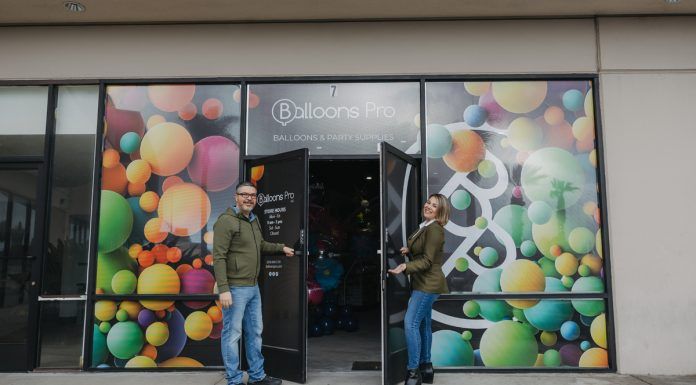For nearly a decade, a specialized team of prosecutors in my office has focused on drivers whose jaudgment and skills are impaired by drugs.
Despite the team’s efforts, the use of one drug – cannabis – continues to grow by leaps and bounds. Once permitted only for medicinal purposes, cannabis is now approved foar recreational use by California adults. Cannabis dispensaries are allowed under our City’s Municipal Code and are part of our civic landscape, and more are coming.
Unfortunately, there seem to be a lot of misconceptions floating around about the relationship between cannabis consumption and driving. By dispelling some of these myths, we can prevent avoidable accidents and deaths.
Myth: Driving on cannabis makes you a more attentive and focused driver.
Reality: Drugs alter our perception, including our understanding of our abilities and performance. Believing that cannabis makes you a better driver is no different than believing alcohol makes you a better swimmer. Cannabis affects your fine motor skills, memory, depth perception, and coordination. It slows reaction times, which can be disastrous on the road.
Myth: Driving while under the influence of cannabis is far safer than driving while drunk or on other drugs.
Reality: This isn’t a contest to see which driver is less impaired. Anything that affects your ability to safely operate a motor vehicle puts lives in danger and can lead to your arrest and conviction.
Myth: If you drive under the influence of cannabis, you can’t be convicted of driving under the influence, because there is no equivalent to the Blood Alcohol Content scale used in drunk driving cases that measures unsafe levels of cannabis in the human body.
Reality: Impaired driving is observable and can be documented in many ways. Testimony from victims and witnesses has great impact on juries. Dashboard videos and body-worn camera footage is also very persuasive evidence.
Here are some additional facts about cannabis and driving that highlight the risks:
Drivers with even a small amount of THC – cannabis’s active ingredient – in their systems tend to drive slower than usual. Instead of being more cautious, drivers with THC in their systems are more likely to cause accidents.
The effect of cannabis is strongest during the first 30 minutes after consumption. People who drive immediately after using cannabis increase their risk of getting into a crash by 25 to 30 percent.
Drivers testing positive for marijuana increased by 48 percent from 2007 to 2014. Of seriously injured drivers admitted to hospital trauma centers, more than one out of four tested positive for marijuana.
Combining marijuana with alcohol and/or other drugs (including prescription drugs) greatly amplifies impairment.
Before you get behind the wheel – or allow a family member or friend to drive – remember that the test of your suitability to drive isn’t whether you feel high. Having cannabis in your system impacts your reaction time, your depth perception, and your coordination. The wrong decision can lead to accidents, criminal charges, loss of a driver license, and even jail time.
My office has prosecuted 393 cases of driving under the influence of cannabis since 2018, with more defendants in the pipeline. Most plead guilty, and the rest we take to trial. I suspect that every one of them regrets not calling a rideshare service, or asking a friend for a lift, instead of taking a chance with their lives and the lives of others.
Mara W. Elliott is San Diego City Attorney.















